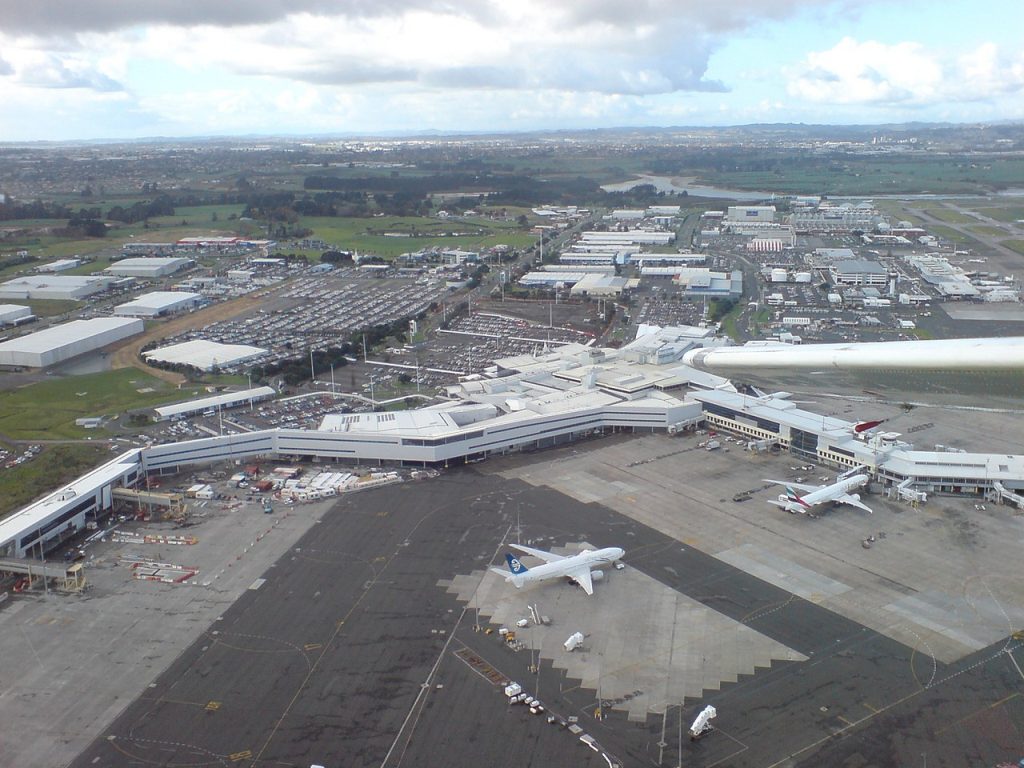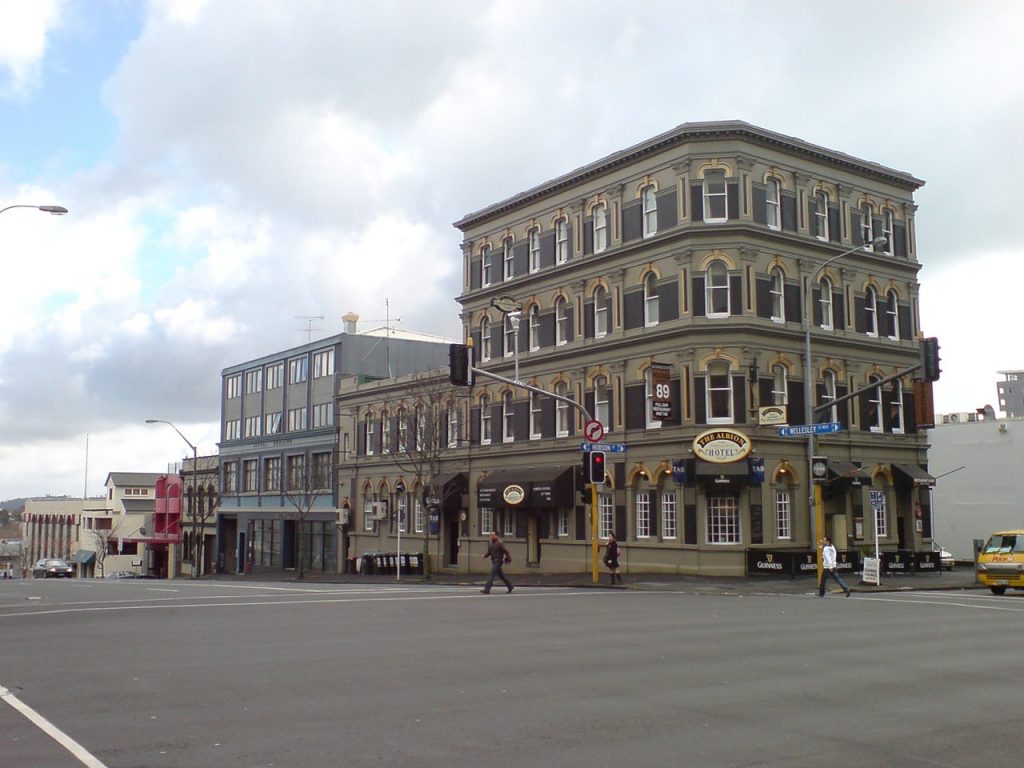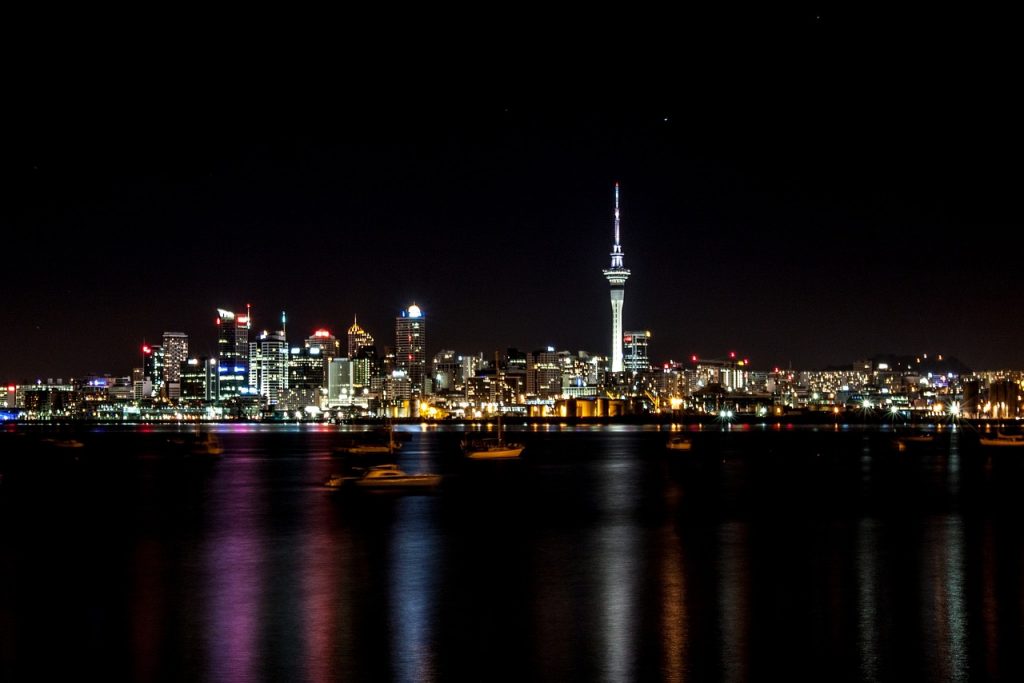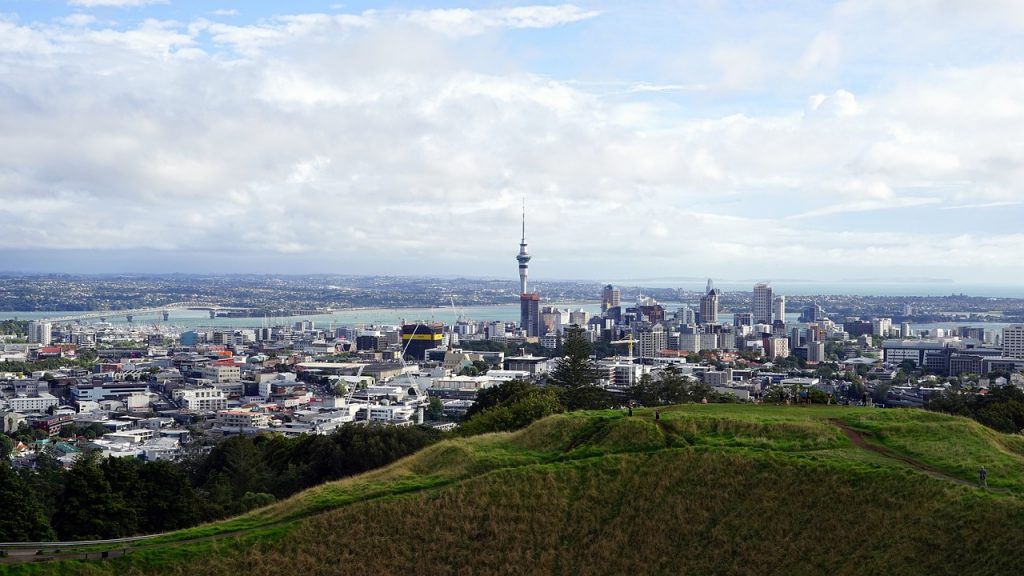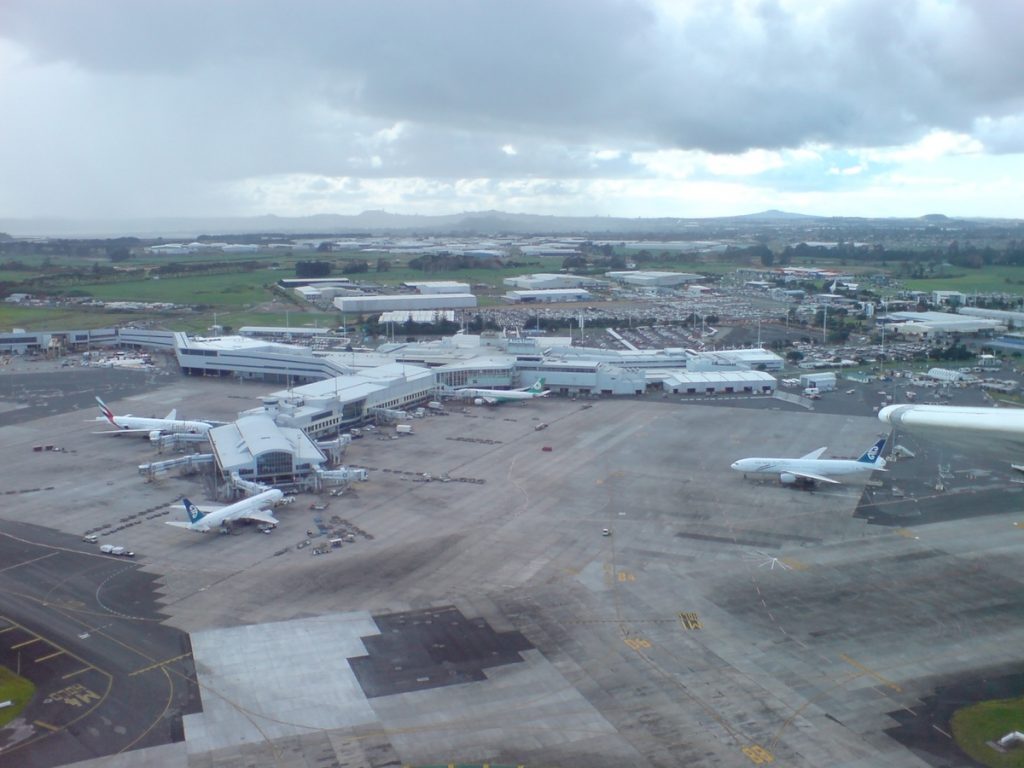
Auckland Aces, one of New Zealand’s most successful and renowned cricket teams, have a rich history and a significant presence in the domestic cricket scene. Representing the Auckland region, the Aces have consistently performed at high levels in various competitions, contributing to New Zealand’s cricketing heritage. This article delves into the history, achievements, notable players, and the cultural impact of the Auckland Aces on both local and national cricket.
Historical Background of Auckland Aces
Origins and Formation
The origins of the Auckland Aces date back to 1873 when cricket was formally established in the Auckland region. Over the years, the team evolved, becoming a cornerstone of New Zealand’s domestic cricket structure. The team officially adopted the name Auckland Aces in the early 2000s, reflecting their competitive spirit and commitment to excellence.
Evolution of the Team
The Auckland Aces have been a prominent fixture in New Zealand’s domestic cricket leagues, participating in competitions such as the Plunket Shield, the Ford Trophy, and the Super Smash. The team’s consistent performance and strong leadership have made them a formidable force in New Zealand cricket.
Achievements and Milestones
Domestic Competitions
The Auckland Aces have an impressive record in New Zealand’s domestic cricket competitions, with numerous titles and accolades:
- Plunket Shield: The team has won the prestigious Plunket Shield multiple times, demonstrating their dominance in first-class cricket. Notable victories include their 2012-13 season triumph, which showcased their resilience and skill.
- Ford Trophy: In the one-day format, the Aces have claimed several Ford Trophy titles, with recent successes including their 2020 victory. Their ability to adapt and excel in various formats highlights their versatility.
- Super Smash: The Aces have been strong contenders in the Super Smash T20 competition, winning multiple titles. Their 2018-19 season win stands out as a testament to their prowess in the shortest format of the game.
Notable Records
The Auckland Aces have set several records in New Zealand cricket, including:
- Highest Team Score: The team holds the record for one of the highest team scores in domestic cricket, reflecting their potent batting lineup.
- Individual Performances: Players like Martin Guptill and Colin Munro have set individual records for highest scores and fastest centuries, showcasing the team’s talent pool.
Key Players and Contributions
Legendary Figures
The Auckland Aces have been home to many of New Zealand’s cricket legends who have made significant contributions to the sport:
- Martin Guptill: Known for his explosive batting, Guptill has been a key player for the Aces, setting records and delivering match-winning performances.
- Mark Greatbatch: A former New Zealand international, Greatbatch’s leadership and experience have been invaluable to the team’s success.
- Kyle Mills: As one of the leading bowlers, Mills has been instrumental in the Aces’ bowling attack, contributing significantly to their victories.
Emerging Talents
The Aces are also known for nurturing young talent, with many players going on to represent New Zealand at the international level:
- Glenn Phillips: A dynamic batsman and wicketkeeper, Phillips has emerged as a future star, known for his aggressive batting and sharp skills behind the stumps.
- Lockie Ferguson: Ferguson’s pace and precision have made him a crucial part of the Aces’ bowling lineup, earning him a place in the national team.
Home Ground: Eden Park
Iconic Venue
Eden Park, located in Auckland, is the home ground of the Auckland Aces and one of the most iconic cricket stadiums in the world. With a seating capacity of 50,000, it has hosted numerous memorable matches and is known for its vibrant atmosphere.
Facilities and Atmosphere
Eden Park boasts world-class facilities, including modern training amenities and excellent spectator services. The stadium’s electric atmosphere, especially during major matches, provides a unique experience for both players and fans.
Community Engagement and Impact
Grassroots Development
The Auckland Aces are actively involved in grassroots cricket development, working with local clubs and schools to promote the sport and identify young talent. Their efforts have helped to build a strong cricketing culture in the Auckland region, inspiring the next generation of cricketers.
Community Programs
The Aces engage with the community through various programs and initiatives, including coaching clinics, school visits, and charity events. These activities not only promote cricket but also foster a sense of community and social responsibility.
Role in New Zealand Cricket
The Auckland Aces play a vital role in New Zealand cricket, contributing significantly to the national team’s talent pool and the overall development of the sport in the country. Their success at the domestic level has helped to raise the standard of cricket in New Zealand and provide a platform for players to showcase their skills.
Future Prospects and Challenges
Continued Success
The Auckland Aces are well-positioned for continued success in New Zealand cricket. With a strong team culture, a talented roster of players, and a commitment to excellence, they are likely to remain competitive in domestic competitions and contribute to New Zealand’s international cricketing success.
Challenges Ahead
However, the team also faces challenges, including the need to adapt to evolving formats and the increasing competitiveness of domestic cricket. Maintaining a balance between nurturing young talent and retaining experienced players will be crucial for their ongoing success.
Focus on Development
Looking ahead, the Aces will continue to focus on player development and community engagement, ensuring that they not only perform on the field but also contribute to the growth of cricket in the Auckland region and beyond.
Conclusion
The Auckland Aces are more than just a cricket team; they are a symbol of excellence, tradition, and community spirit in New Zealand cricket. With a rich history, a record of achievements, and a commitment to nurturing talent and engaging with the community, the Aces play a crucial role in the country’s cricketing landscape. As they look to the future, the Aces will continue to inspire and lead, setting high standards and striving for success in every aspect of the game.
